what sustainable chocolate means to us
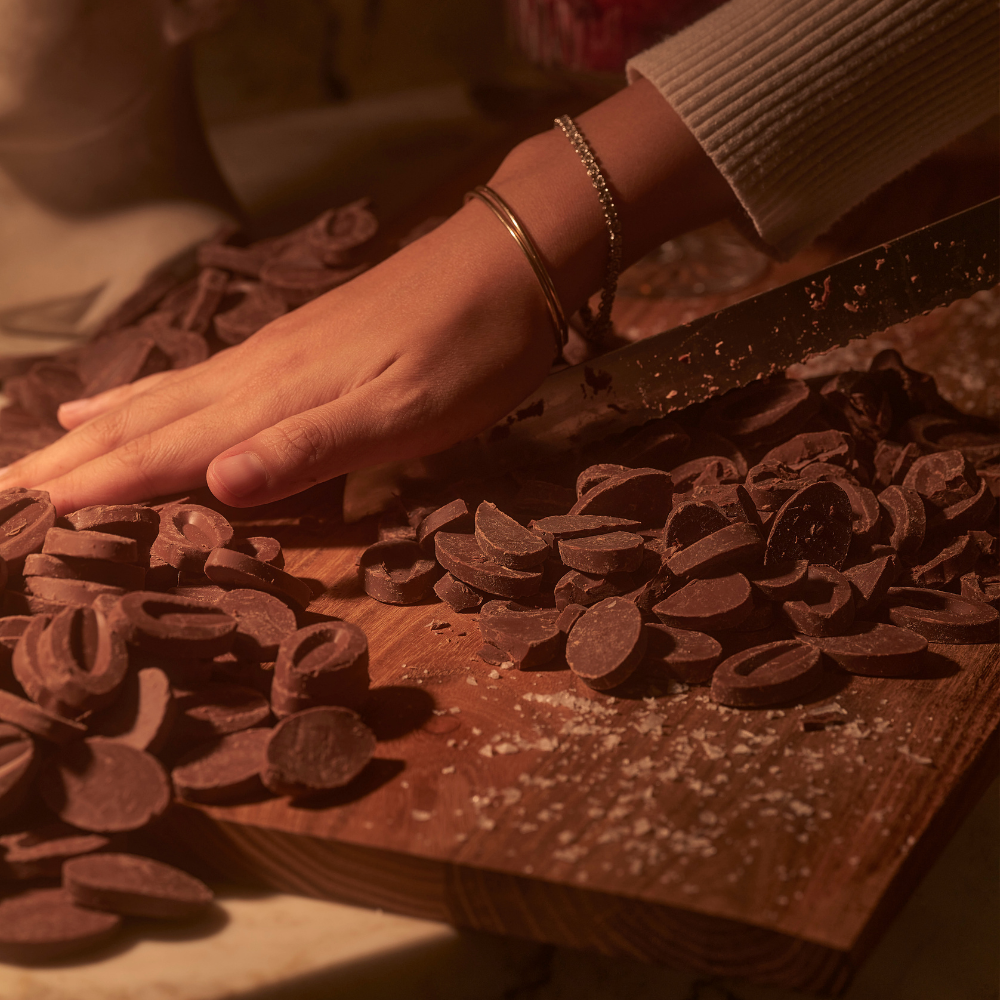
Chocolate is the singular most important ingredient of our cookies
At With Love, Maxine, we cherish chocolate as the star ingredient, making up a minimum of one-third of our cookie recipe and an astonishing 60% of our ingredient cost. While other components can be swapped out, our chocolates remain irreplaceable. The tasting notes from the chocolates infuse every inch of our cookies, creating their unique flavors and sharing their captivating stories.
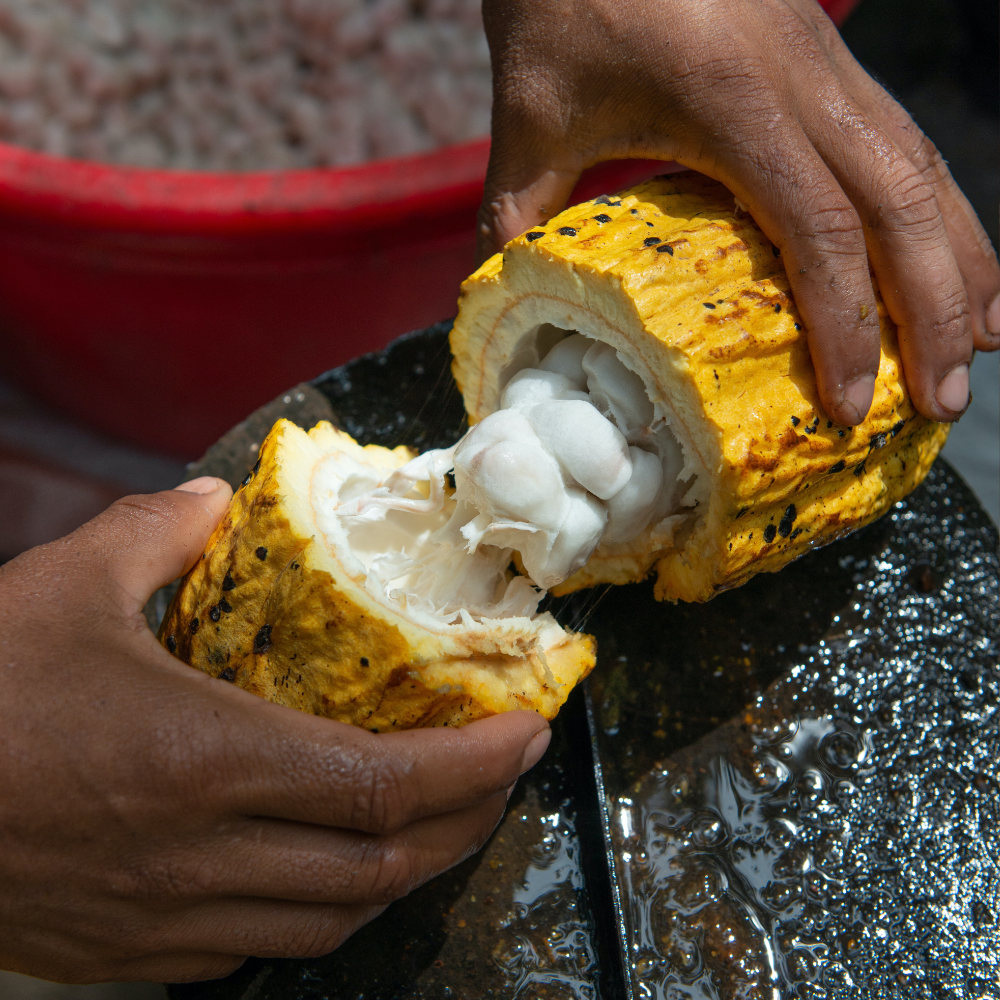
Sadly, chocolate could go extinct in our lifetime
Cacao cultivation is facing a risk of extinction due to both environmental and social factors.
Deforestation and climate change are decimating the environment that they are grown in. Cacao trees thrive in a specific setting: high humidity, warm temperatures, and shelter from the relentless wind. In a nutshell, they find their true home in the heart of lush rainforests. It's no coincidence that the globe's largest cacao producers, like Côte d'Ivoire, Ghana, and Indonesia, are nestled within these vital ecosystems.
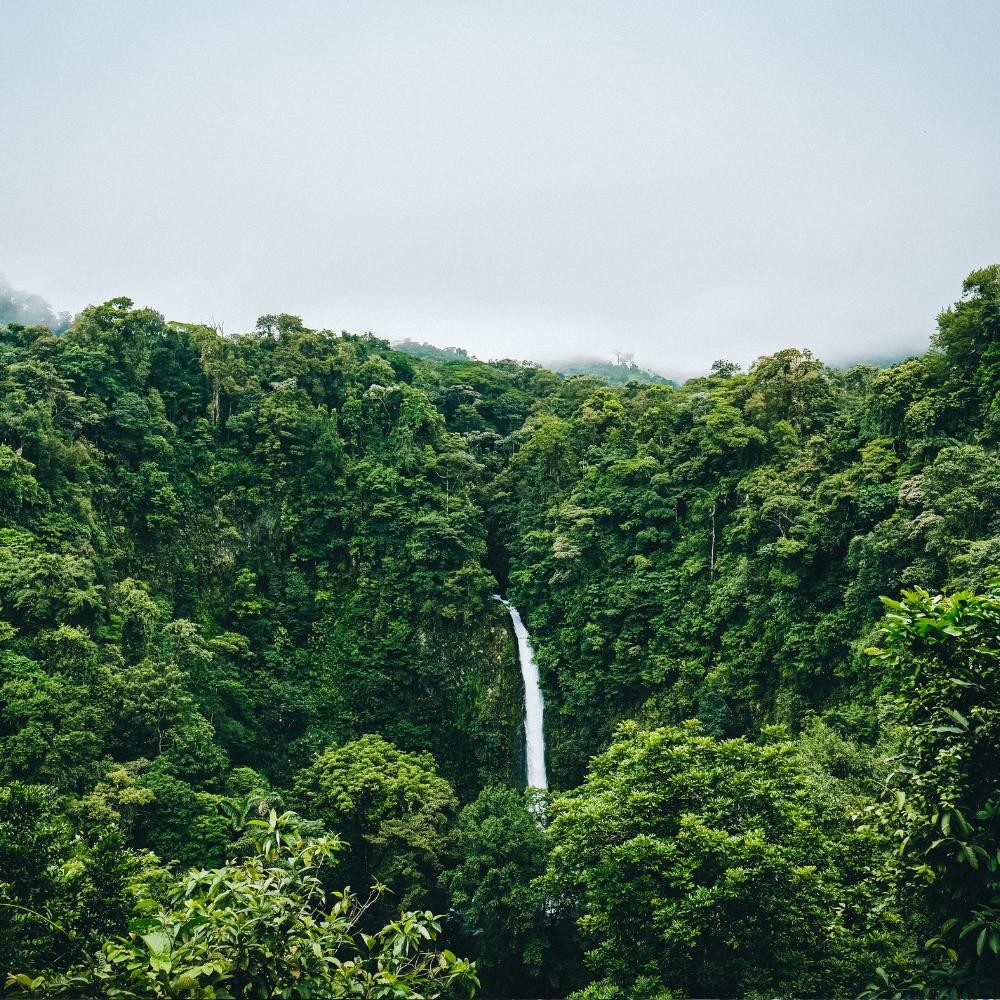
at the current rate of global warming Cacao Cultivation May Vanish by 2050
The lush rainforests in cacao-producing regions face an ever-present peril – deforestation driven by the insatiable demand for towering trees, sought after for timber, and land requisitioned for agriculture and urbanization. As if that weren't enough, climate change casts a shadow over the cacao industry's future. Within the tropical belt, countries brace for a worrying scenario: an expected average temperature hike of 2 degrees Celsius by the year 2030. This change threatens to dramatically shrink the areas suitable for cacao cultivation.
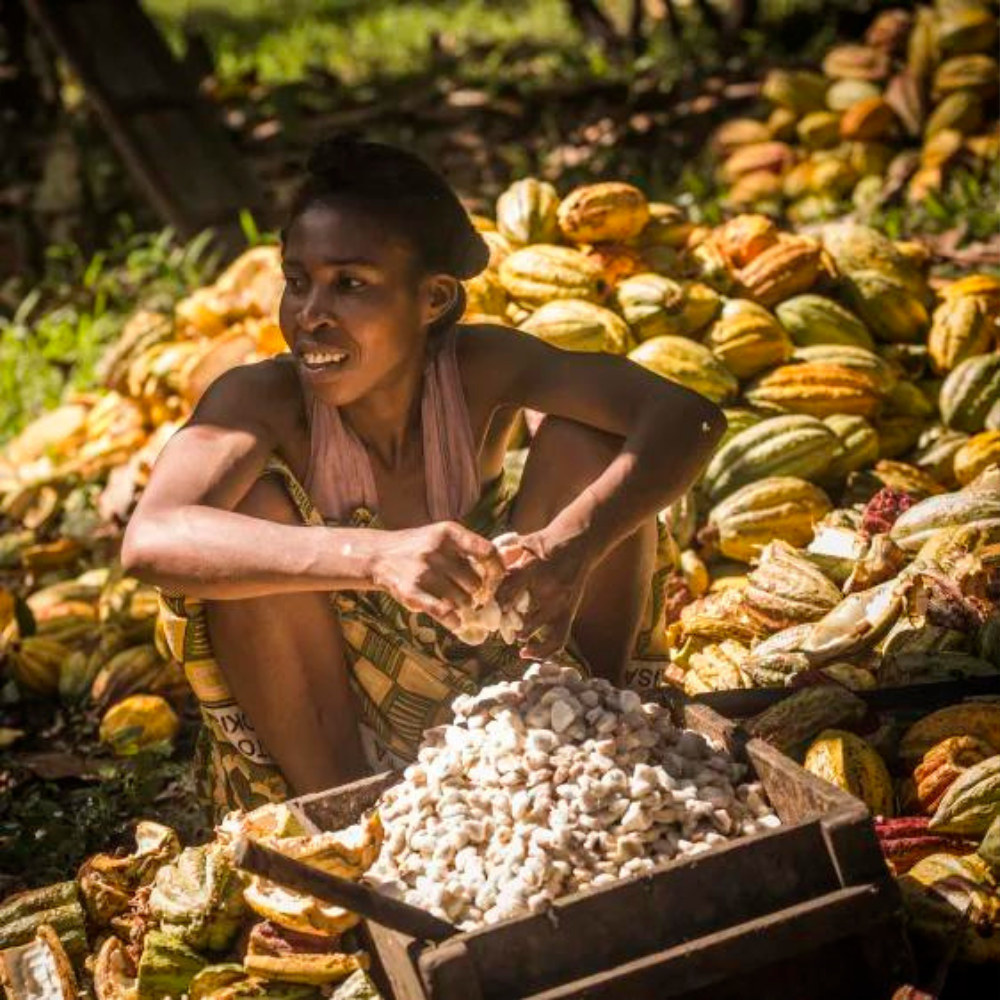
exploitation is a key issue in the cocoa industry
Delving deeper into this industry, we uncover some grave concerns, from widespread destitution to the exploitation of child labor. A staggering two-thirds of cacao farms are operated by independent smallholders, where the farmers and their families are the backbone of the workforce.
These farmers typically pool their harvests with intermediaries or cooperatives, who in turn sell these beans in bulk to chocolate producers. With each transfer, a piece of the pie gets smaller, leaving those who toil to cultivate the cacao with only a sliver of the rewards they deserve.
Left: Société Millot, certified organic cacao plantation, Madagascar
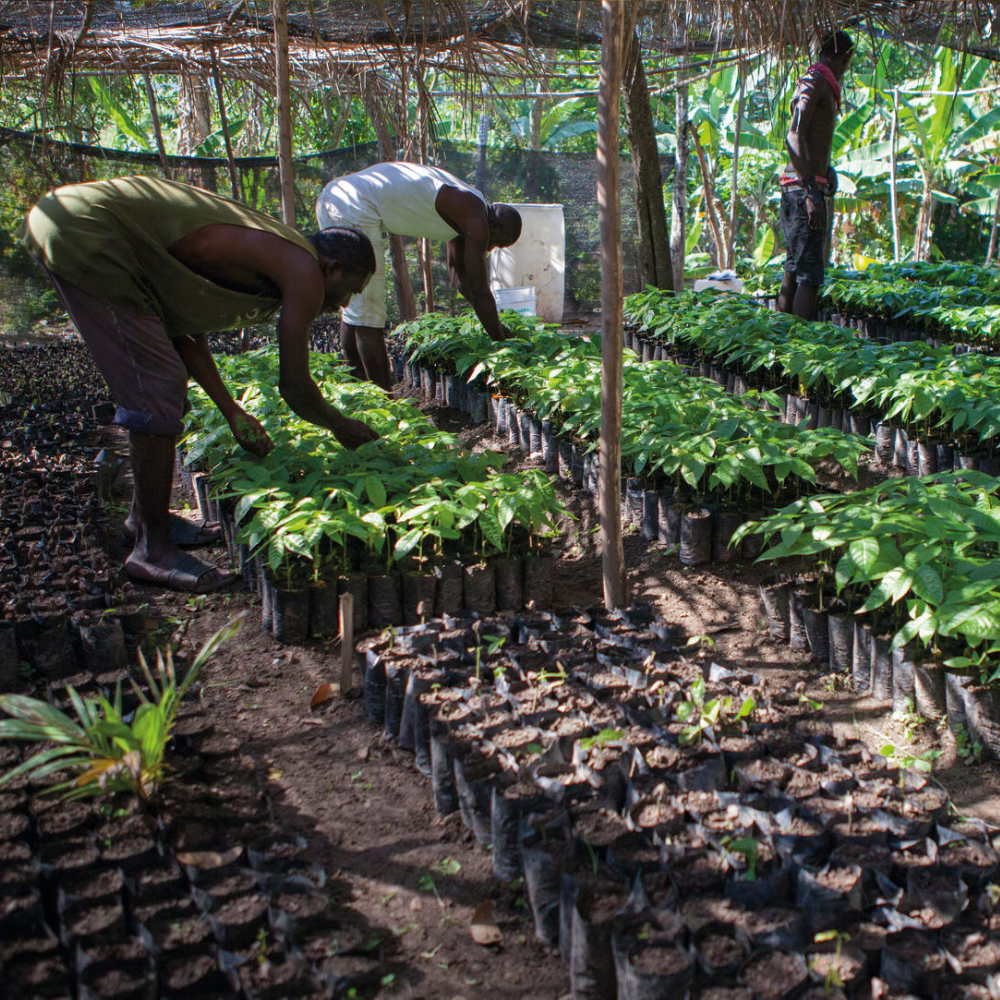
Paying the fair price for chocolates preserves the environment and rare cacao varieties
Consuming sustainable chocolate means we are backing responsible businesses and safeguarding the rare cacao varieties that gift us the delightful spectrum of chocolate flavors we hold dear.
Supporting fair trade is fundamental to preserving cacao farms for the long haul. When farmers receive fair compensation, they're motivated to nurture their farms and livelihoods, steering clear of potentially harmful land sales to other industries.
Their ongoing commitment to the farm also safeguards the towering trees that cocoa trees depend on for shade. These giants play a pivotal role as the forest's primary carbon sink, steadily absorbing CO2, the greenhouse gas that fuels global warming.
Left: Feccano Cocoa Federation, Haiti
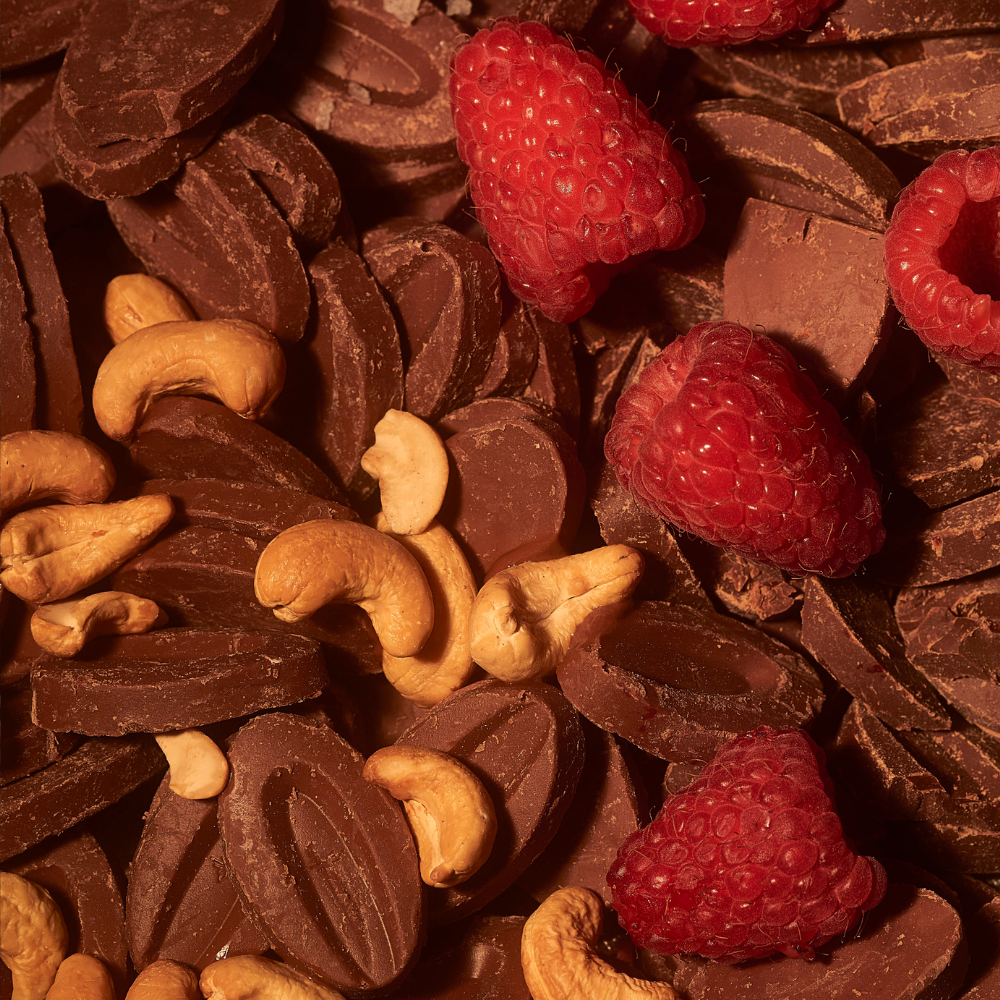
our responsible sourcing commitment
With Love, Maxine, only buys from responsible chocolate producers held to the highest standards of environmental and social impact. When selecting a chocolate producer, we carefully consider the following criteria:
Fair trade with cacao communities: We want to support fair income for cacao farmers and community support. As much as possible, we champion chocolates that are traceable to their producers and showcase their stories to you.
Investment in sustainable cultivation practices: We look for initiatives in eco-friendly cultivation to protect against deforestation and preserve soil health and biodiversity, as well as investment in reforestation projects.
Commitment in reducing carbon footprint: We want to see public commitment and visible efforts towards carbon neutrality across the supply chain, from cultivation to global distribution.
